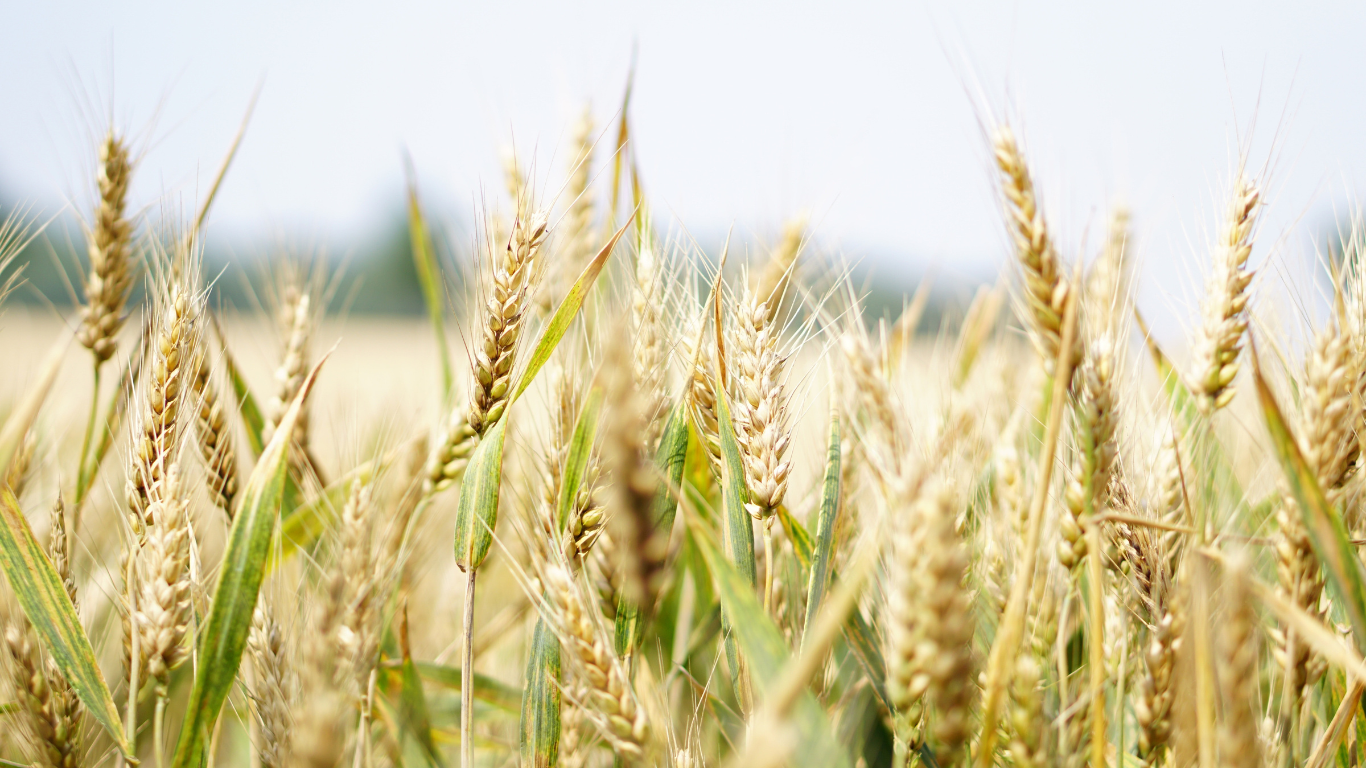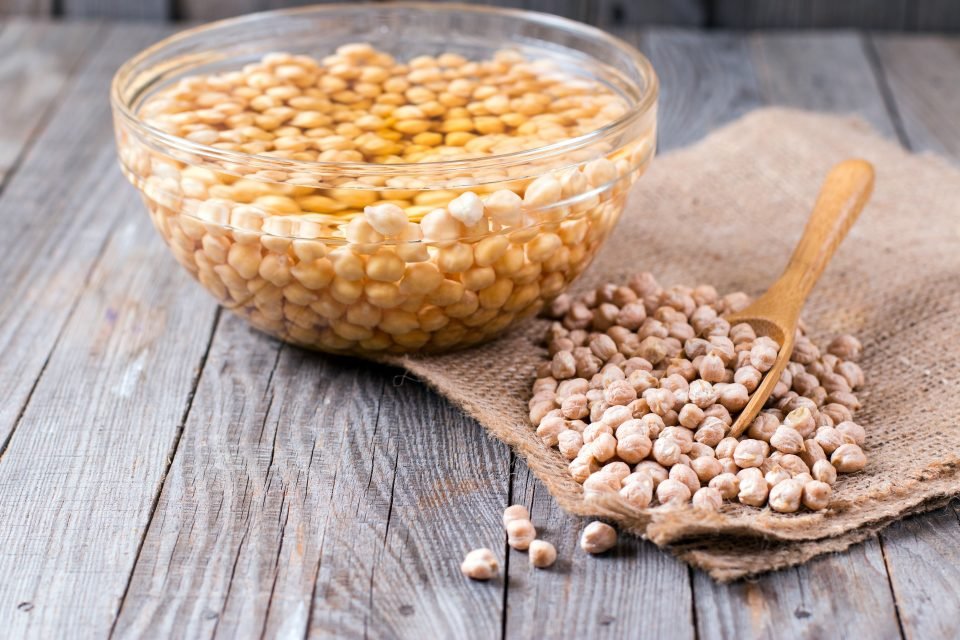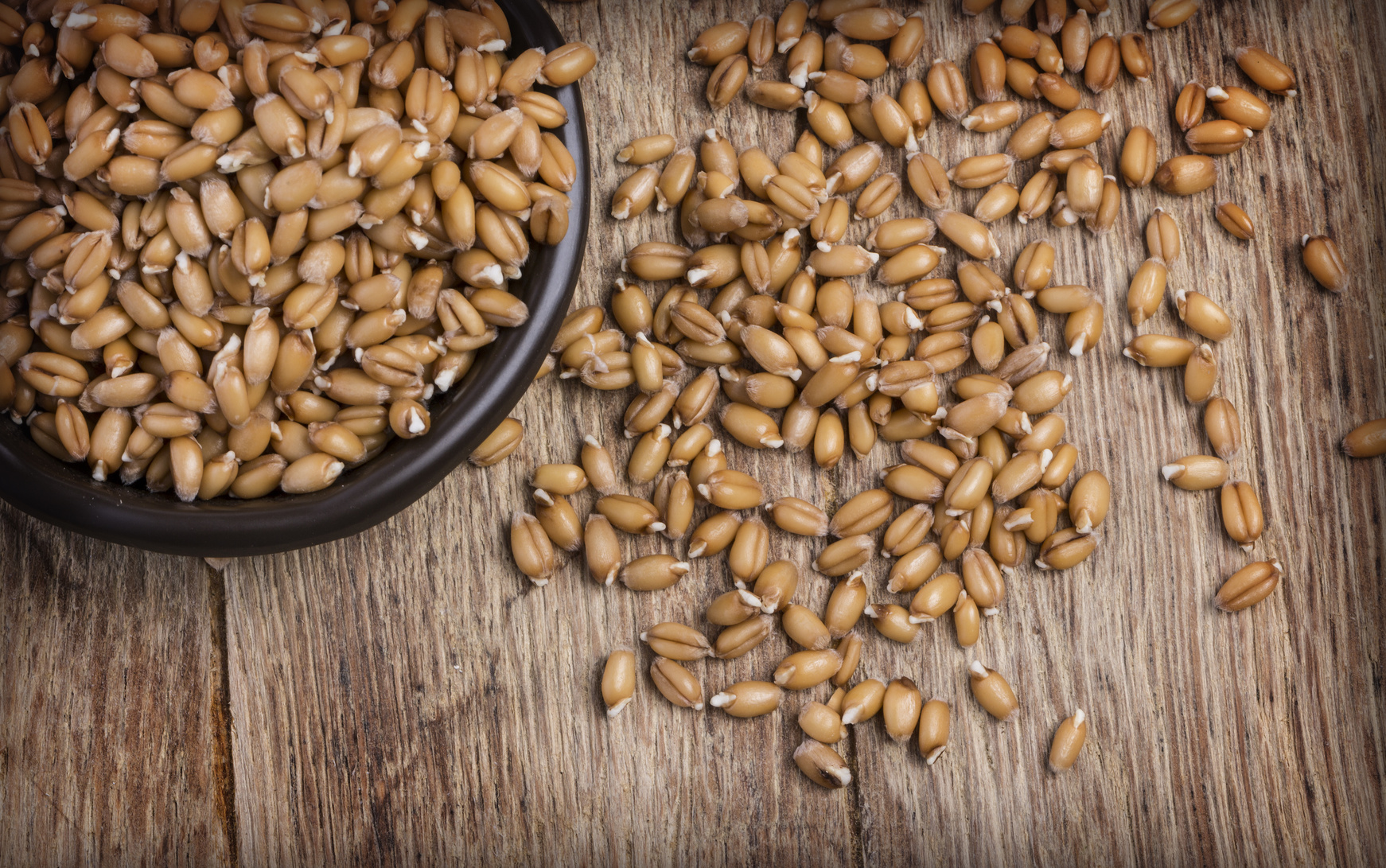Unleashing the Nutritional Power: Soaking, Sprouting, and Sourdough
Introduction
In a world of ever-evolving dietary trends and fads, there's something remarkably comforting about rediscovering the wisdom of our ancestors when it comes to preparing and enjoying food. Traditional food preparation methods, which have stood the test of time, are experiencing a well-deserved resurgence in modern times. One such approach that has gained popularity is the Weston A Price / Nourishing Traditions method, which emphasizes the importance of soaking, sprouting, and sourdough for optimal nutrition and digestibility.
Picture this: generations before us intuitively understood the benefits of unlocking the full potential of their food through these age-old practices. Fast forward to today, and we find ourselves increasingly drawn to these traditional methods as we seek to reconnect with our roots and nourish our bodies in the most wholesome way possible.
By following these time-honored techniques, we not only pay homage to our culinary heritage but also unlock a treasure trove of health benefits hidden within our everyday ingredients.
So, let's embark on a journey to discover why these traditional food preparation methods have stood the test of time and why they deserve a place of honor in our kitchens today. From enhanced nutrient bioavailability to improved digestion, get ready to unravel the secrets behind soaking, sprouting, and sourdough that will transform the way you approach your favorite foods.
The Why and History of Soaking, Sprouting, and Sourdough
Now, let's dive into the captivating history and cultural significance behind these traditional food preparation techniques. Picture yourself in ancient civilizations, where our resourceful ancestors discovered the art of maximizing the nutritional value of their meals. They intuitively grasped the importance of soaking, sprouting, and sourdough as essential steps in their culinary traditions.
From the fertile banks of the Nile to the lush fields of Mesopotamia, soaking grains, seeds, and legumes was commonplace. These early civilizations understood that this simple act of soaking in water before consumption could unlock a world of benefits. By doing so, they broke down hard-to-digest substances like phytic acid, reducing their impact on nutrient absorption and easing the strain on their digestive systems.
Sprouting, too, found its place in the annals of culinary history. Ancient cultures, in their wisdom, discovered that when seeds and grains were allowed to sprout, a remarkable transformation took place. Sprouting not only increased the availability of essential nutrients but also initiated enzymatic processes that enhanced digestibility. It was as if they had uncovered nature's secret to optimizing the nutritional potential of these humble ingredients.
But let's not forget the magic of sourdough, which holds a special place in the hearts of bread lovers throughout the ages. Millennia ago, our ancestors discovered that allowing the dough to ferment with wild yeasts and bacteria before baking yielded loaves that were not only tangy and flavorful but also easier to digest. Sourdough fermentation, with its unique alchemy, unlocked the hidden potential of grains, transforming them into nourishing sustenance that could be savoured without the discomfort that some modern pieces of bread can bring.
So, why did our ancestors go through all this trouble? It wasn't just for the sake of tradition or whimsy. They understood that these time-honored practices were not only culinary artistry but also an embodiment of practical wisdom. By soaking, sprouting, and sourdough, they enhanced the nutrient profile of their meals, making them more bioavailable and easier for their bodies to absorb. These techniques also improved digestion, reducing the likelihood of discomfort and allowing their bodies to extract every ounce of nourishment from their carefully prepared foods.
In our modern era, as we seek to reconnect with our ancestral roots and embrace the wisdom of traditional food preparation, it's heartening to see a resurgence of interest in these age-old techniques. Soaking, sprouting, and sourdough aren't just buzzwords; they are tangible links to our culinary heritage that can transform the way we approach food and our health. Let's delve deeper into the benefits that await us as we incorporate these practices into our daily lives.
Benefits to Health
When it comes to our health, the benefits of soaking, sprouting, and fermenting/sourdoughing are nothing short of remarkable. These traditional food preparation methods have a profound impact on the nutritional value, digestibility, and overall well-being of those who embrace them. Let's explore the key advantages that await us when we incorporate these practices into our culinary repertoire.
One of the primary nutritional benefits of soaking, sprouting, and fermenting is the enhanced bioavailability of nutrients. By subjecting grains, seeds, and legumes to these processes, we effectively break down anti-nutrients such as phytic acid. This reduction in anti-nutrients promotes better absorption of vital minerals, including iron, zinc, and calcium. In other words, we unlock the true potential of these ingredients, making their nutrient content more accessible to our bodies.
In addition to improved nutrient bioavailability, these traditional methods also enhance digestibility. Soaking and sprouting initiate enzymatic activity, which helps to break down complex carbohydrates and proteins into simpler forms that our bodies can more easily digest. This enzymatic transformation not only eases the burden on our digestive system but also minimizes discomfort and bloating that can sometimes accompany the consumption of grains, seeds, and legumes.
By reducing anti-nutrients like phytic acid through soaking, sprouting, and fermenting, we not only improve nutrient absorption but also support gut health. Phytic acid, present in many grains and seeds, can hinder mineral absorption and contribute to gut inflammation. However, when we soak, sprout, or ferment these ingredients, we neutralize phytic acid and other anti-nutrients, allowing our bodies to reap the full benefits of the nutrients they provide.
Moreover, the fermentation process in sourdough bread production introduces beneficial bacteria and wild yeasts, resulting in a tangy and delicious loaf with potential probiotic properties. These friendly microorganisms can help promote a healthy balance of gut bacteria, supporting our digestive health and overall well-being. It's a win-win situation: we get to savor the delightful flavors of sourdough while nurturing our gut with beneficial microbes.
In summary, the benefits of soaking, sprouting and fermenting/sourdoughing extend far beyond simple culinary practices. These techniques enhance nutrient bioavailability, improve digestibility, reduce anti-nutrients, and support gut health. By incorporating these traditional methods into our daily lives, we unlock the full nutritional potential of our foods and cultivate a healthier relationship with what we consume. It's a beautiful synergy of taste, tradition, and well-being that can positively transform our health from within.
How to Do It and Recommended Items
Now that we've discussed the benefits of soaking, sprouting, and sourdoughing, let's dive into the practical aspects of how to incorporate these techniques into our culinary practices. You can learn find more recipes in the Nourishing Traditions Cookbook, which I highly recommend for anyone interested in or following a ancestral diet.
Soaking Nuts and Grains:
Choose raw nuts or grains, preferably organic.
Combine 4 cups of nuts with 1 tablespoon of unrefined sea salt.
Cover the nuts with warm water and let them soak for 6 hours to overnight, depending on the nut variety.
Drain the nuts and spread them on dehydrator trays or baking sheets.
Optional: Sprinkle with additional unrefined sea salt.
Dehydrate in a warm oven at the lowest possible temperature or use a dehydrator for 12 to 24 hours.
Allow the nuts to cool and store them in an airtight container.
Sprouting Seeds and Legumes:
Select raw seeds or legumes, preferably organic.
Rinse them thoroughly under running water to remove debris.
Place them in a container or sprouting jar and cover with water.
Let them soak for 8-12 hours or overnight.
Drain the water and rinse the seeds or legumes.
Continue rinsing two to three times a day until sprouts form.
Rinse the sprouts one final time and store them in the refrigerator or use them in recipes.
Sourdough Preparation:
Create a sourdough starter by combining flour and water in a jar.
Follow specific ratios and instructions provided by your chosen recipe or sourdough culture.
Allow the mixture to ferment at room temperature for several days, following the feeding schedule and guidelines provided.
Once the sourdough starter is active and bubbly, use it to prepare sourdough bread and other baked goods.
Combine the sourdough starter with additional flour, water, and other ingredients according to your sourdough recipe.
Follow the specific mixing, fermentation, and baking instructions provided in the recipe.
By following these steps and incorporating soaking, sprouting, and sourdoughing into your culinary routine, you can unlock the full potential of these traditional food preparation techniques. Enjoy the journey of nourishing your body and savoring the delicious results.
Recipe Showcase
Let's explore a selection of simple and nourishing recipes that incorporate soaked, sprouted, or fermented ingredients, showcasing the benefits of these traditional food preparation based on the Nourishing Traditions method:
For a more comprehensive guide to baking gluten-free sourdough bread, you can check out "The Ultimate Guide to Baking Gluten-Free Sourdough Bread: Delicious, Healthy, and Easy". This article provides detailed instructions, helpful tips, and additional recipes to help you embark on your gluten-free sourdough baking journey.
Enjoy the wholesome goodness of these recipes, and embrace the nourishing benefits of soaked, sprouted, and fermented ingredients in your culinary creations!
To Wrap it Up
Incorporating the practices of soaking, sprouting, and sourdoughing into our culinary endeavors can bring about a multitude of benefits. By understanding the historical background, cultural significance, and nutritional advantages of these traditional food preparation techniques, we can make informed choices about the foods we consume.
Soaking, sprouting, and sourdoughing enhance nutrient bioavailability and digestibility. The process of soaking helps to reduce anti-nutrients like phytic acid, unlocking the nutritional potential of nuts, grains, seeds, and legumes. Sprouting activates enzymes, increases vitamin content, and makes proteins and carbohydrates more easily digestible. Sourdough fermentation improves the digestibility of gluten and other complex carbohydrates, while also increasing the availability of minerals and B-vitamins.
These methods not only contribute to better nutrient absorption but also have potential benefits for gut health and overall well-being. Experimenting with soaking, sprouting, and sourdoughing can open up a world of culinary possibilities. Whether it's enjoying crispy nuts as a nutrient-dense snack, incorporating sprouted legumes into vibrant salads, or savoring the tangy flavors of homemade sourdough bread, these techniques allow us to engage in a deeper connection with our food.
So, let's embark on this journey of traditional food preparation, honoring the wisdom of our ancestors and nourishing ourselves with wholesome, nutrient-rich foods. By delving into the art of soaking, sprouting, and sourdoughing, we can embrace a healthier and more mindful approach to our culinary practices.
Remember, as we soak, sprout, and sourdough, we not only transform our food but also transform ourselves, fostering a deeper appreciation for the benefits of traditional food preparation methods and the impact they can have on our health







